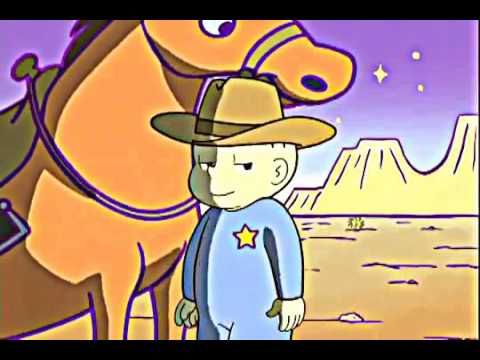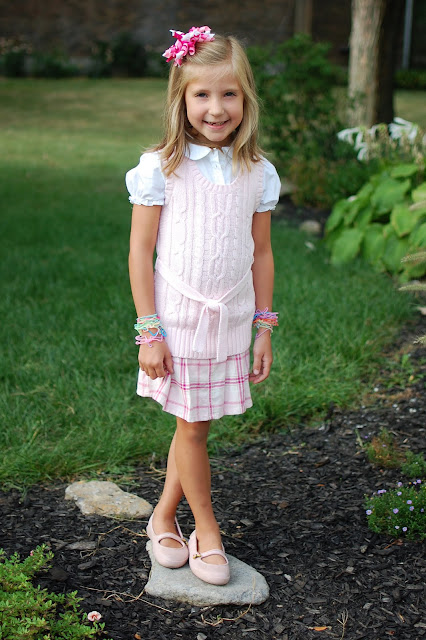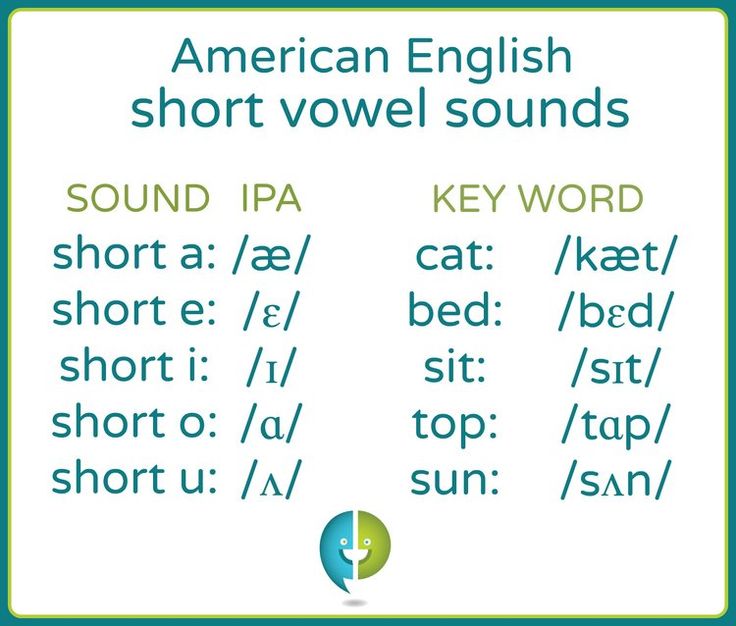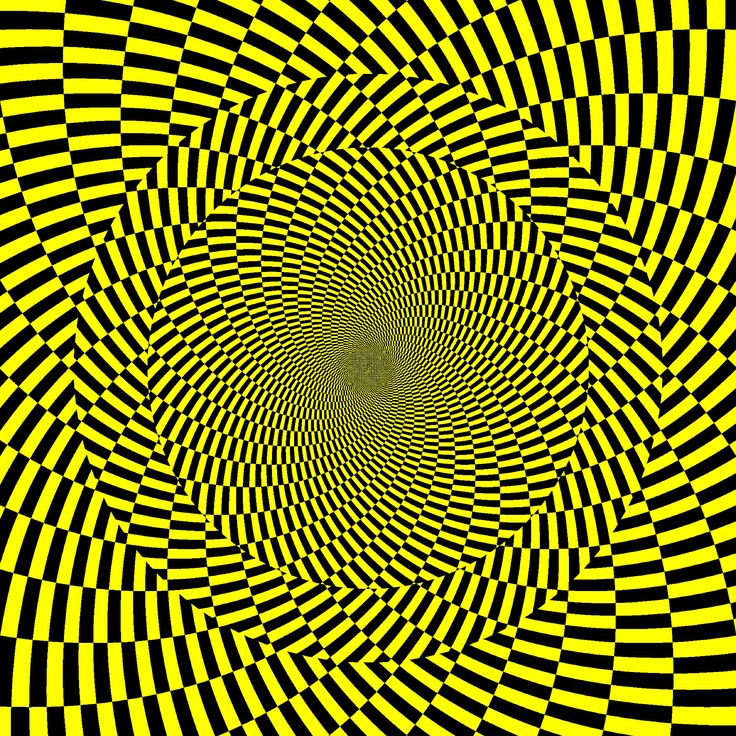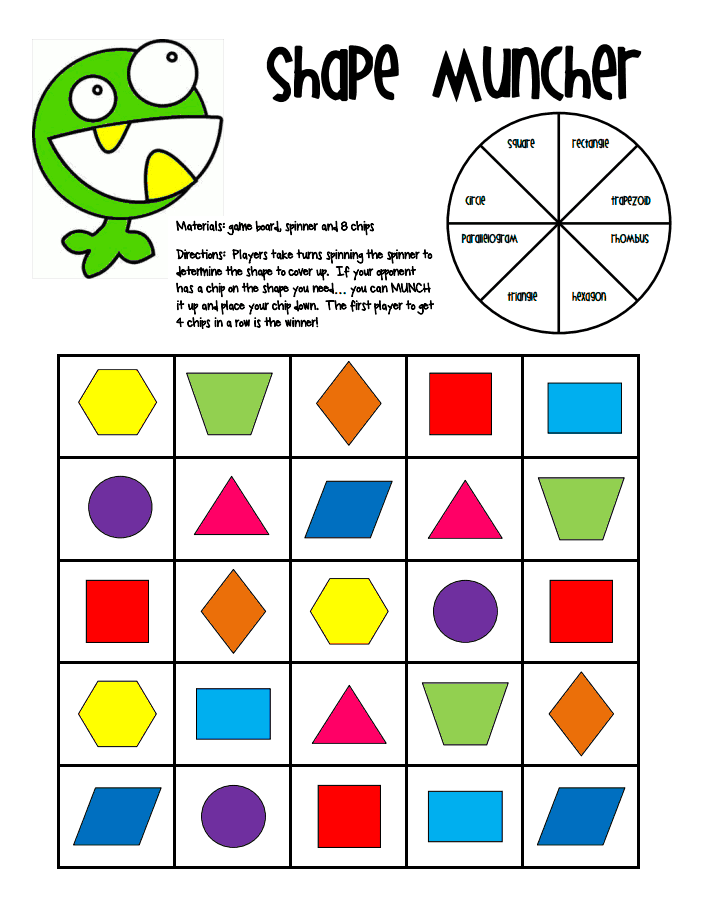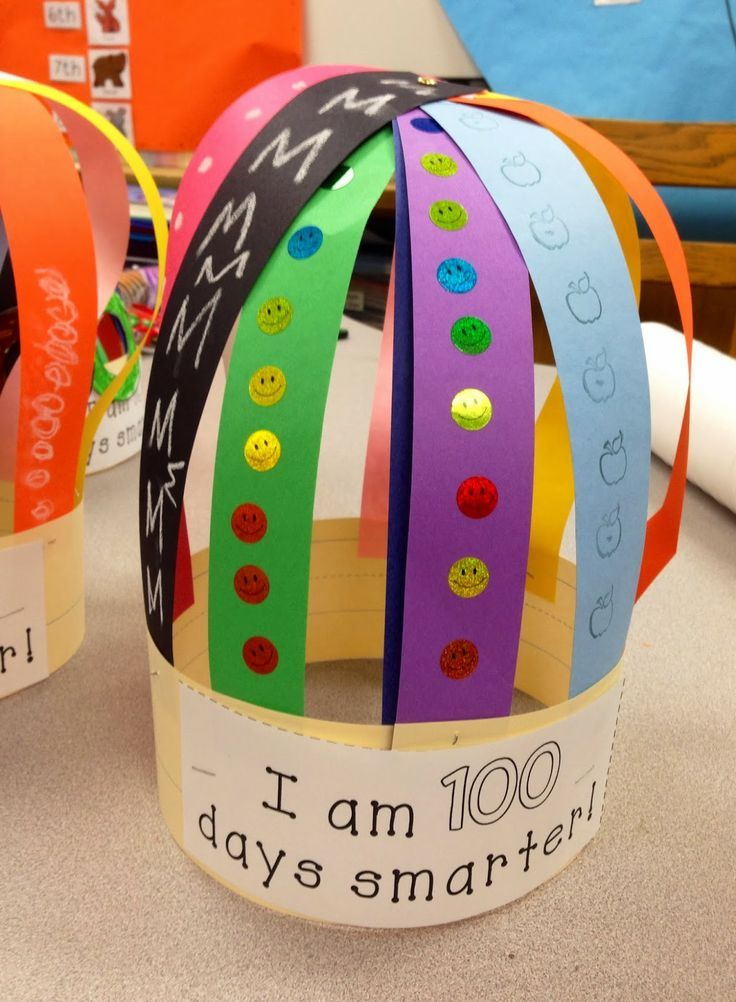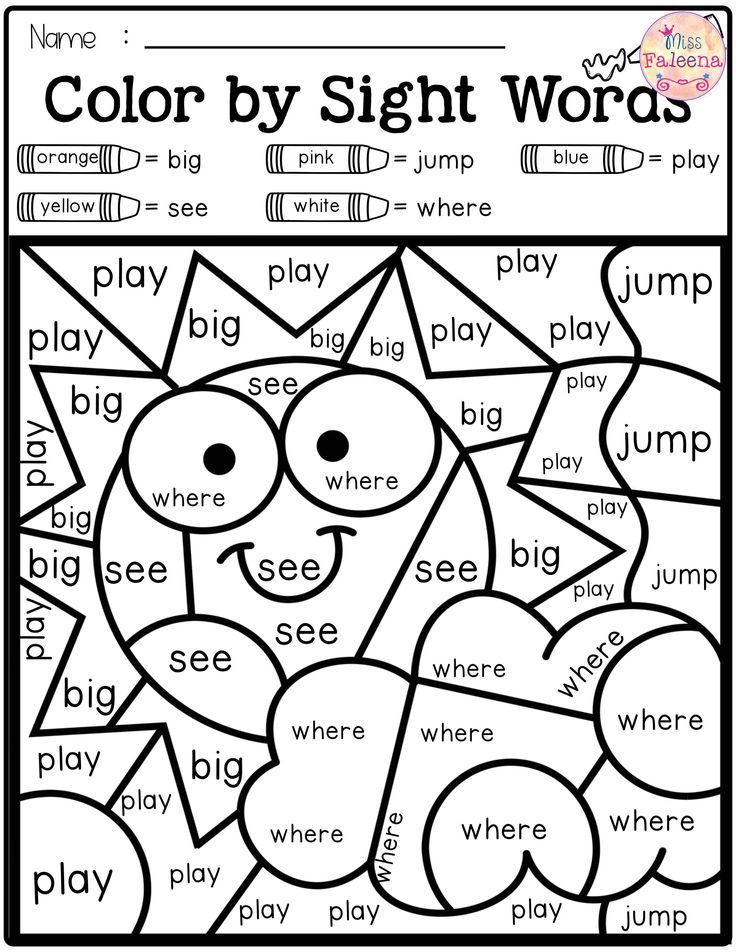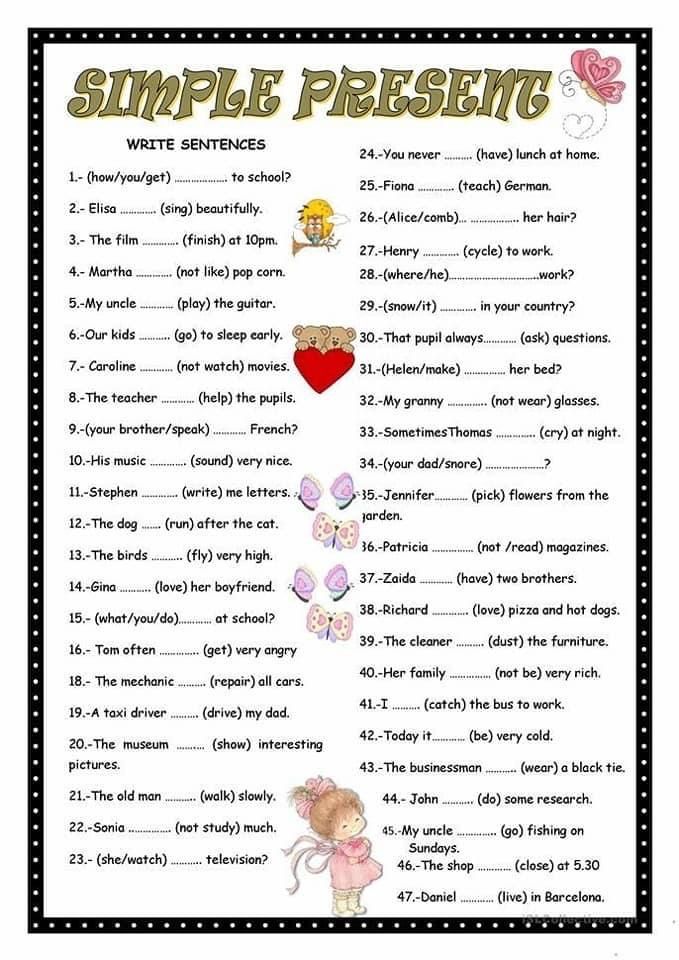Teaching colors activities
Learning About Colours: 31 Activities for Preschoolers
- Share
Colour identification is an important part of a child’s development. Here are 31 learning about colours activities your kids will love.
They are great for teaching colours to toddlers and preschoolers, and many are still suitable for kindergarten kids.
Why Is It Important to Learn Colours?
Learning the colours is a milestone in early childhood and represents a child’s cognitive understanding.
Exposing children to and teaching them about the colours develops their visual perception – which is the ability of the brain to correctly interpret what the eyes see. This is an important pre-reading skill.
How Do I Teach My Child Colours?
Colours are a part of daily life and are all around us. The best way for children to learn them is to experience them and play with them.
The concept of colours can’t be taught in one sitting and kids need lots of experiences to learn them.
Make use of everyday opportunities to talk about colour and to point it out in the environment. Ask your child to pass you the pink bunny and the blue hat. Point out that he is drawing with the purple crayon.
Try not to default to worksheets at too young an age – there are many more meaningful ways to teach colour in a way that will imprint in children’s memories.
Colour games and activities are a great way for kids to learn the colours as they are hands-on, interactive and fun.
Colour Activities for Preschoolers and Toddlers
Here are a few ideas to try at home or at school.
1. I Spy With My Little Eye
Play a game of I Spy With My Little Eye. Identify objects by colour and add in more details for clues:
“I spy with my little eye something blue that you wear on your head.”
2. Colour Collage
Make a colour collage by using paper tearings in only one colour. For young toddlers provide the paper tearings, but let older kids find and tear the colour in a magazine or set of coloured papers.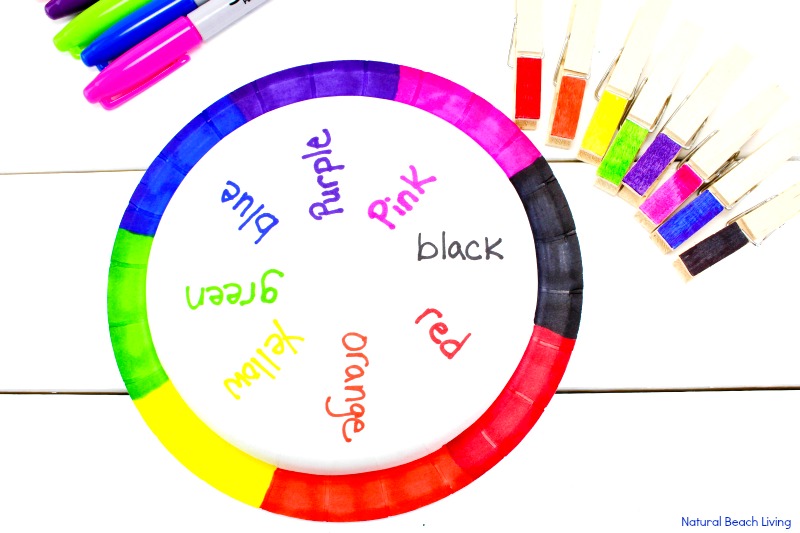
Use different collage materials for this, not just paper.
3. Sorting and Grouping
Teach kids to see the differences in colours by doing sorting activities.
Sort beads, buttons, blocks or coloured counters into separate baskets, containers or egg boxes.
4. Matching Cards
Play a classic memory game of matching the pairs of cards, using only plain-coloured cards. They are easy to make – you just need two of every colour.
Get your own memory game cards by downloading the FREE set of printables at the end of the post.
5. Park the Cars
Play with cars in various colours and make little parking garages out of boxes or paper. You could even draw them on the paving with chalk.
Make each parking spot a different colour and get kids to park the car in the corresponding colour.
6. Object Sort
Do a colour sort with mixed objects. Collect household objects and toys that have one distinct colour and sort them into groups, according to their colours.
7. Label the Environment
Make small coloured labels with the name of the colour written on them and place these in familiar environments like a classroom or bedroom, labelling the most common items and spaces.
8. Bean Bag Toss
Incorporate movement into learning by playing with bean bags. Throw different coloured beanbags randomly at kids and as they try to catch them, they must shout out the colour before they touch them.
9. Colour Hunt
Go on an indoor or outdoor colour hunt. Give kids a basket and allocate a different colour to each. They must go in search of items of that colour and place them in their basket.
10. Listen and Draw Picture
‘Listen and draw’ pictures are great not only for developing listening skills but also for teaching concepts such as shape and colour.
Tell kids to:
- Draw a green hill
- Draw a black sheep standing on the green hill
- Draw a blue flower at the foot of the hill
- etc.

Here are some examples of following directions drawing activities.
11. Car Games
Play games in the car to keep kids entertained and learning at the same time. Pick a colour and count how many cars of that colour go past you.
Make a challenge such as seeing if you can reach 20 yellow cars before you get to your destination.
12. Colour Plates
Using a white paper plate and some coloured pegs, draw or paint strokes of the colours around the edges of the plate. Get kids to place the pegs onto the corresponding sections of colour.
You could even make a pattern, such as blue-yellow-yellow-blue-yellow-yellow.
13. Picture Hunt
Do a picture hunt using a magazine or any children’s books. Challenge kids to find images in their books of various colours.
For example, point out all the green items you can in this Dr Seuss book, or cut out all the blue items from this magazine.
14. Tissue Paper Tearing
Tearing is an important fine motor activity.
Provide tissue paper in a few colours and get kids to tear it up and create a picture with the tearings and some glue.
15. Colour Mixing
For a colour mixing activity, provide the three primary colours – red, yellow and blue – and mix them together to see the following combinations:
- Red and yellow make orange
- Blue and yellow make green
- Red and blue make purple
Introduce kids to the concept of shades of colours by adding white or black to make them lighter or darker.
16. Matching Socks
Luckily for parents, all kinds of domestic chores provide great learning opportunities. Give your kids the pile of socks to match according to colours and patterns.
17. Sort the Laundry Basket
Don’t stop there. As you fold the laundry, ask your child to sort all the unfolded laundry into piles by colour.
18. Fruit and Veg Sort
Had a trip to the market? Get your kids to categorize the fruit and vegetables by colour.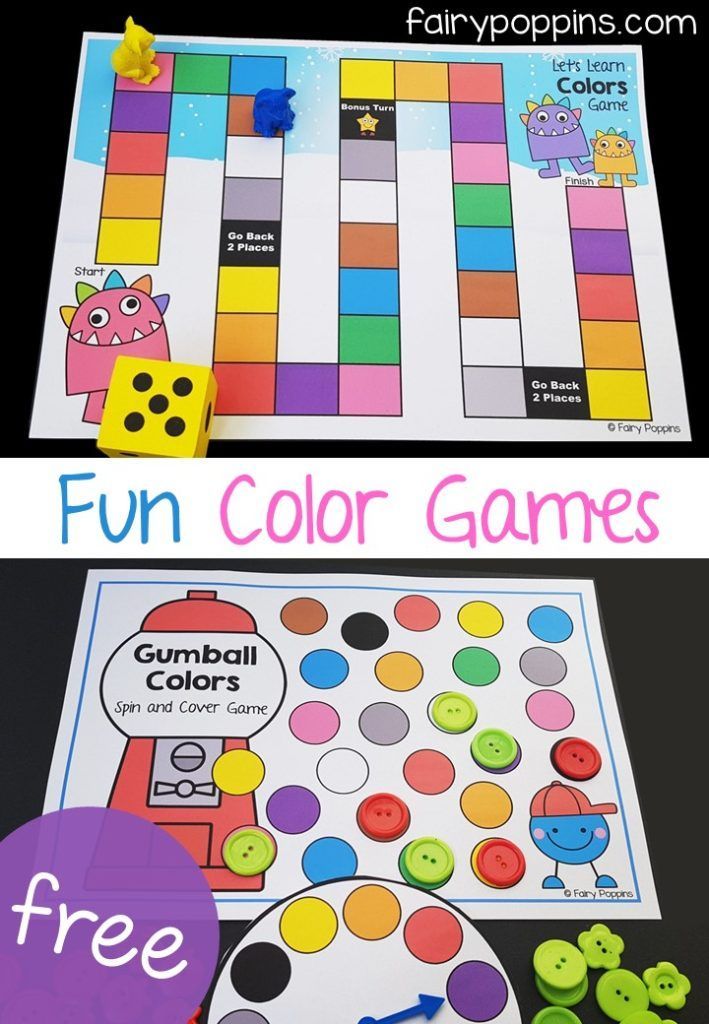
While you are cooking, involve your kids with requests such as “please fetch me three orange carrots and that packet of green baby marrows.”
19. Songs about Colours
Sing songs about the colours. Here are lots of fun rainbow songs to teach your kids.
This post contains affiliate links for educational products that I personally recommend. If you purchase through one of them, I earn a commission at no extra cost to you. Read the terms and conditions for more details.
20. Books about Colours
Read your kids books about colours or simply read colourful books and discuss the colours of the characters or objects.
Books such as Brown Bear, Brown Bear, What Do You See and Dog’s Colorful Day are a hit with toddlers.
21. Colour Bracelet
Make a fun colour bracelet with cereal loops or macaroni dyed with food colouring. Make it all one colour or make a pattern with two or three colours.
22. Colour Patterns
Teach kids to follow patterns by drawing or building colour patterns with objects such as blocks, beads or counters.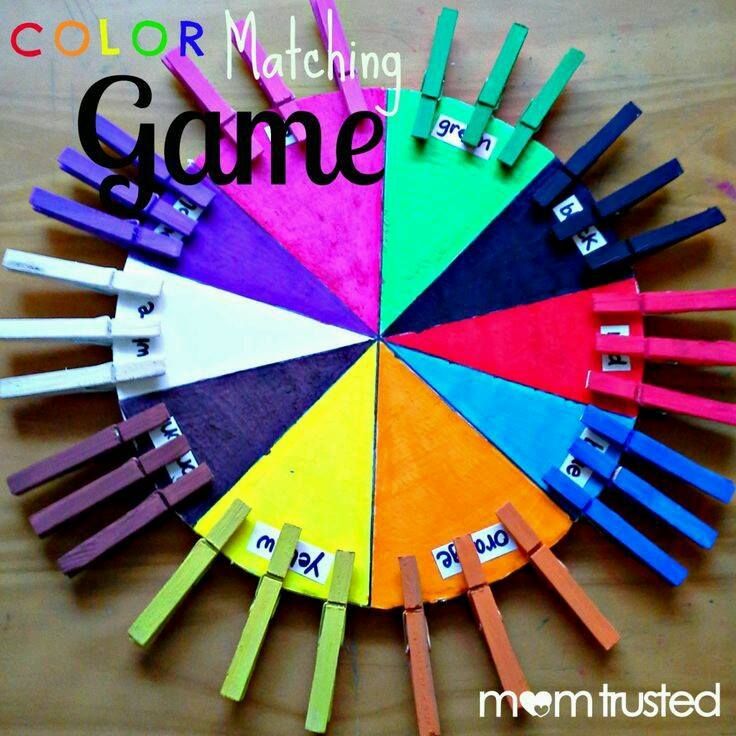
For younger kids, use only two colours in a pattern and increase it for older kids.
23. Light Table
Place transparent coloured objects or materials such as plastic or cellophane onto a light table and let kids experiment with them and explore the properties of colour.
24. Sensory Stations
This can be a great way to incorporate colour into sensory play. Set up stations with coloured rice, coloured materials or use some of these sensory station ideas.
25. Bathtub Fun
Bring colour into bathtub fun by dropping in ice blocks (coloured with food colouring), watching coloured bath fizz balls disintegrate or letting kids draw with bath crayons (like these).
26. Coloured Playdough
Let kids play with playdough in various colours. They can also mix the playdough colours together or mix food colouring to make a new colour when making a batch of homemade playdough.
27. Finger Painting
Finger painting is a fun sensory activity for kids that teaches how colours mix together.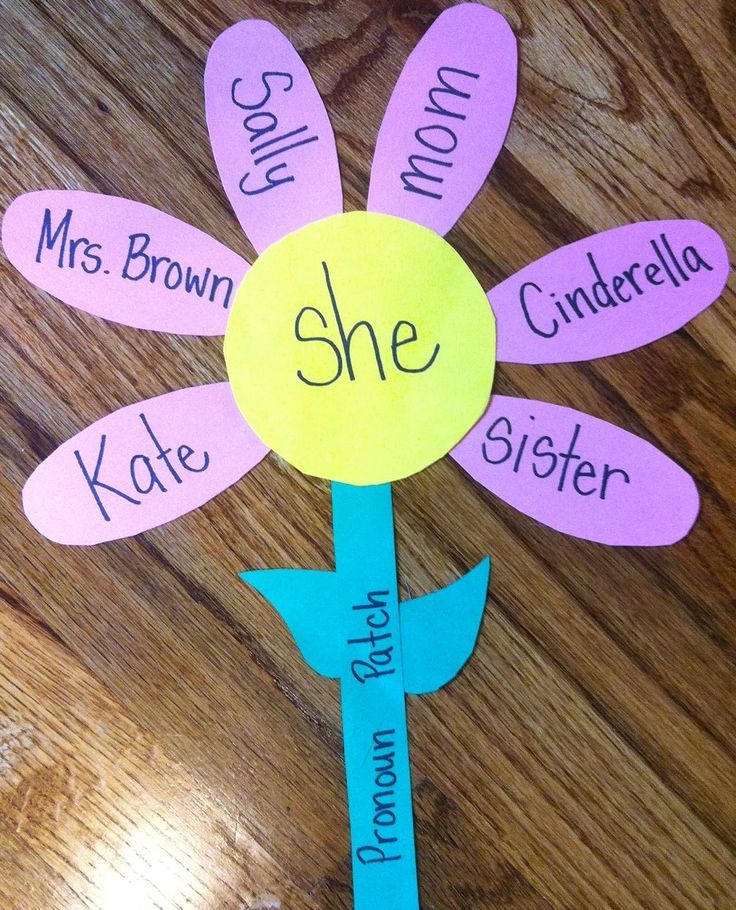 While mixing the paints on the page, they naturally mix together, revealing new colours.
While mixing the paints on the page, they naturally mix together, revealing new colours.
Be deliberate and only offer two colour paints so kids can see the colours mixing.
28. Pass the Parcel
Play a game of Pass the Parcel, wrapping each layer in a different colour of gift wrap or tissue paper. As each layer is removed, the child unwrapping it must name the colour.
29. Categories Game
The categories game is a fun circle game and you can use it to teach any concept.
Pick a colour and go around the circle, naming things that are typically of that colour. Each child must add one item to the list, without repeating any.
Or, try another variation with older kids and do a round of naming colours. Kids will start with the easier colours and then need to remember less common colours such as peach, magenta, maroon, etc.
30. Broken Telephone
Play a round of the Telephone Game by using colours as the phrases to whisper. Use phrases such as light blue, violet and deep red to make it more challenging.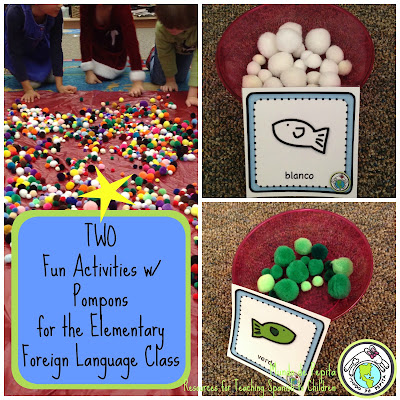
31. Make a Rainbow
How about a little science experiment? Teach children about light by making your own rainbow.
Get FREE access to Printable Puzzles, Stories, Activity Packs and more!
Join Empowered Parents + and you’ll receive a downloadable set of printable puzzles, games and short stories, as well as the Learning Through Play Activity Pack which includes an entire year of activities for 3 to 6-year-olds.
Access is free forever.
Signing up for a free Grow account is fast and easy and will allow you to bookmark articles to read later, on this website as well as many websites worldwide that use Grow.
- Share
Activities for Teaching Colors - The OT Toolbox
There are so many ways to include multisensory play in teaching colors to children. Here, you’ll find hands-on, creative ways to teach colors of the rainbow using play that helps kids develop skills, move, and grow.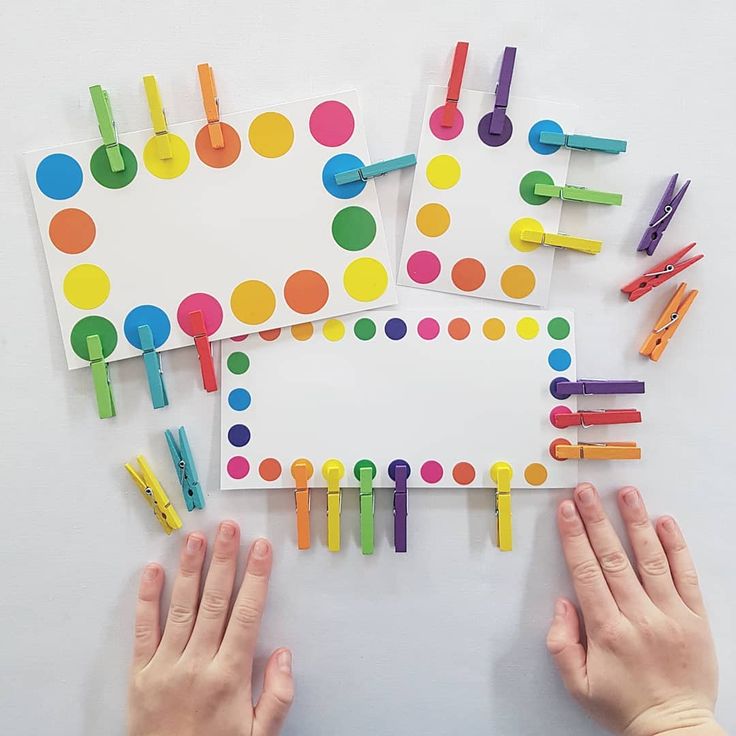 Use these color activities in preschool or to teach toddlers colors. It’s a fun way to develop visual discrimination skills in young children.
Use these color activities in preschool or to teach toddlers colors. It’s a fun way to develop visual discrimination skills in young children.
I’m including color activities for kindergarten and school-aged children, as well, because this color themes can be used in therapy activities or to help kids develop handwriting, or visual motor skills in the older grades. There is a lot of fun, hands-on activities listed here that help children learn colors and explore through play!
Teaching Colors to Toddlers
Toddler play and development is all about the hands-on exploration of the world. We have a lot of toddler activities designed to develop motor skills and learning here on the website that you’ll want to check out.
To teach colors to toddlers, it’s all about making things fun. These toddler activities will get you started with hands-on development activities.
So many color activities in the toddler years involve sorting colors, identifying colors, and pointing out colors.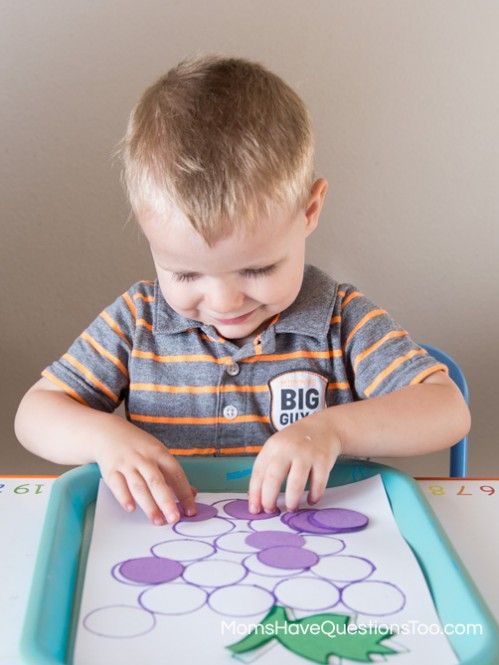 All of these activities lay the building blocks for visual discrimination that kids will use in reading and writing down the road.
All of these activities lay the building blocks for visual discrimination that kids will use in reading and writing down the road.
Try these activities for teaching colors to toddlers:
Toddler Color Sorting with Toys– This activity uses toys and items that are found around the home, making the color identification part of every day life. You can use items that the child uses and sees every day.
Teach Color Sorting Activity– This simple color sorting activity is great for families that have a preschooler and a toddler. The preschooler can cut foam sheets and work on scissor skills and then both the preschooler and toddler can sort the paper scraps by color. This is a nice activity that allows siblings to work together to learn concepts and grow skills together.
Color Sort Busy Bag– Toddlers love to drop items into containers, and put things into buckets, bins, and bags…and then take them back out again. It’s all part of the learning process! This color sorting busy bag gives toddlers colored craft sticks or dyed lollipop sticks and has them sort by color. It’s a great activity for developing fine motor skills and coordination, too.
It’s a great activity for developing fine motor skills and coordination, too.
Cup Sorting for Toddlers– This color sorting activity uses items in the home, like plastic toddler cups! There is just something about toddlers playing in the kitchen with baby-safe items…and this one builds pre-literacy and pre-math skills that they will use long down the road…through play!
Talk about colors– Pointing out colors during play, conversation, in reading books, and going for walks…there are so many ways to teach colors to babies and toddlers through everyday conversation. It’s as simple as saying, “look at that blue flower” to add descriptive terms to kids.
Color with painting– Incorporate all of the colors of the rainbow in multisensory activities from a young age. These art play activities incorporates colors into play and learning through art with toddlers.
Teach colors with a ball pit– Use ball pit balls in a baby pool.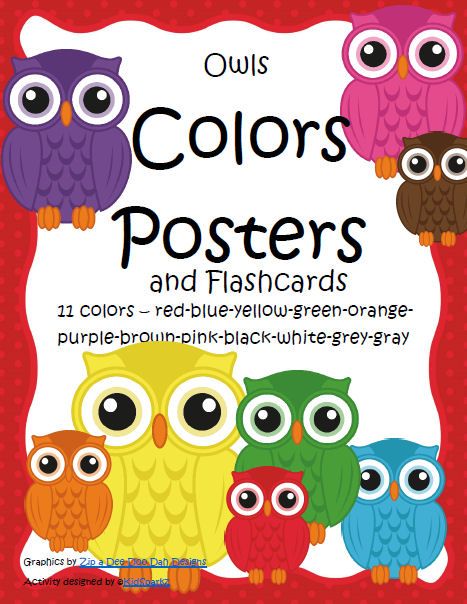 You can bring a baby pool indoors as a baby ball pit to teach colors.
You can bring a baby pool indoors as a baby ball pit to teach colors.
Teaching Colors in Preschool
In the preschool stage, learning occurs through play! These color learning activities are designed to promote learning through hands-on exploration, because those are the ways that learning “sticks”…when hands are busy and developing motor skills that they will later need for holding and writing with a pencil. Let’s look at some ways to teach colors in the preschool years:
Teaching Shapes and Colors with Rainbow Rocks by Fun-A-Day- This activity is fun because it uses the heavy weight of rocks to teach colors and shapes. But, kids are also strengthening their hands and gaining motor feedback about objects as they explore colors and other discriminating factors like weight and size.
Color and shape sorting– This preschool color sorting activity gives kids fine motor experiences with wikki stix. Ask preschoolers to copy the shapes, too for extra fine motor skill building and visual motor integration.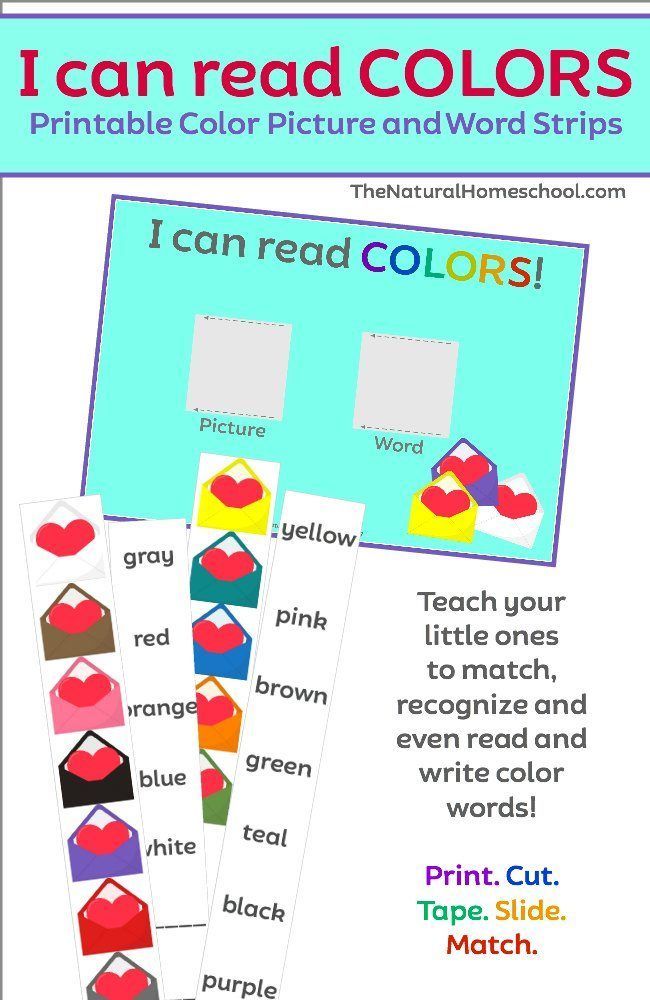
Fine Motor Color Sort– Grab an old spice container or cheese container, and some straws. This color sorting activity lays the groundwork for fine motor skill development and math skills. Kids can count the straws as they drop into the container and work on sorting colors while developing open thumb web space, separation of the sides of the hand and arch strength.
Color Matching Water Bin– This color learning activity is a sensory motor activity that also teaches letters. It’s perfect for preschool and kindergarten or even older grades as kids are immersed in multi- sensory learning with letters and pre-reading skills.
Clothespin Color Match– Children will love this fine motor activity that builds hand strength in a big way.
Bear Sees Colors Book and Activity– We used a snack to explore colors with a beloved preschool book. This is multisensory learning at its finest.
Gross Motor Color Games– There are many ways to explore and teach colors using games. Try some of these to add movement and play into learning colors at the preschool level:
Try some of these to add movement and play into learning colors at the preschool level:
- Color I Spy- Call out a color and kids can run to touch something that is that color. Add variations of movement by asking kids to skip, hop, leap, crawl, or bear walk to touch the colors.
- Color Simon Says- Call out directions based on clothing colors that kids are wearing. Add as many variations of movement and auditory challenges. This is a great activity for building working memory skills in preschoolers.
- Color Tag- Kids can play tag and when they tag another player, they need to say a color for that person to go to. Another variation is having the players who are tagged run to a color that the tagger calls out.
Teach Colors in Kindergarten and older grades
Once children are school-aged, teaching colors doesn’t end. In the school years, children explore color mixing, learning about primary colors, and more. Look at all of these color experiences that kids learn during the school years:
- Spelling color names
- Learning Primary Colors
- Learning secondary colors
- Color mixing
- Color theory
- Color wheel
- Complimentary colors
Try some of these color activities for older children:
Color I Spy free therapy slide deck- This color themed scavenger hunt will get kids up and moving, using the items they have in their home as they work on visual perceptual skills, handwriting, and more. Kids can visually scan around their home to match the colors on the slide deck. Then, there is a handwriting component. This is a great slide deck for anyone working on handwriting skills with kids, virtually.
Kids can visually scan around their home to match the colors on the slide deck. Then, there is a handwriting component. This is a great slide deck for anyone working on handwriting skills with kids, virtually.
Color Exercises– Use gross motor exercises and stretches as well as fine motor exercises to get kids moving while working on SO many skill areas: bilateral coordination, motor planning, strengthening, core strength, precision, dexterity, visual motor skills…
Rainbow Deep Breathing Exercise– This free printable PDF is super popular. There’s a reason why: kids love the deep breathing activity and We love the mindfulness, coping skills, calming, and regulation benefits. Great for all ages.
Rainbow Binoculars Craft– Kids can use paper towel tubes in a craft that helps them look for and identify colors. Use these rainbow binoculars in visual scanning, visual discrimination, visual figure-ground, and other perceptual skills.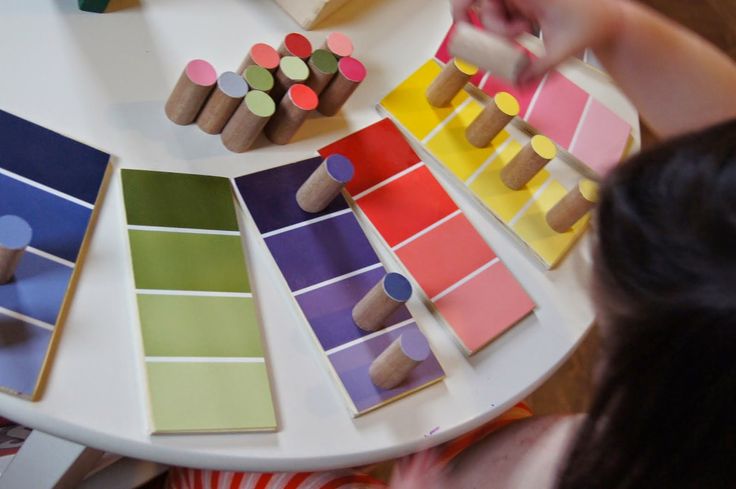
Colored pencils activities– All you need is a couple of colored pencils (or substitute with a regular pencil if that’s all you’ve got on hand) to work on pencil control, line awareness, pencil pressure, and letter formation.
Benefits of coloring with crayons– Just grab a box of crayons and build so many fine motor and visual motor skills.
Make crayon play dough– Explore colors with heavy work input through the hands and arms using all the colors of the rainbow. This crayon play dough recipe is a popular sensory recipe here on the website.
Colleen Beck, OTR/L is an occupational therapist with 20+ years experience, graduating from the University of Pittsburgh in 2000. Colleen created The OT Toolbox to inspire therapists, teachers, and parents with easy and fun tools to help children thrive. As the creator, author, and owner of the website and its social media channels, Colleen strives to empower those serving kids of all levels and needs.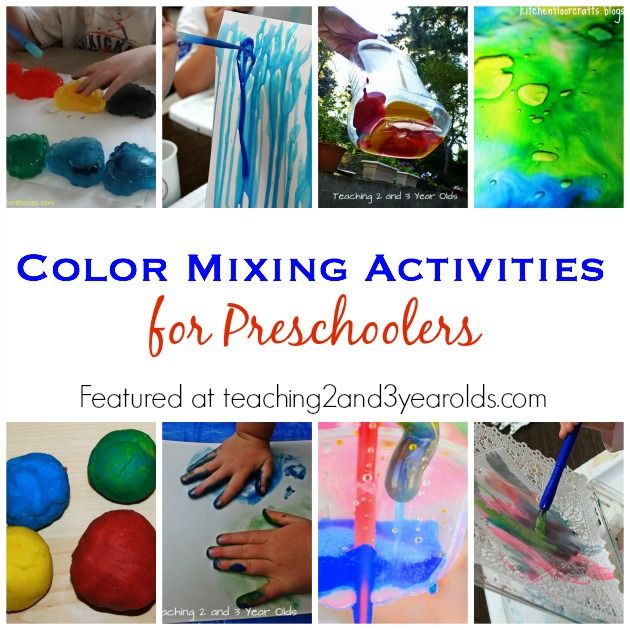 Want to collaborate? Send an email to [email protected].
Want to collaborate? Send an email to [email protected].
Learning colors. Teaching colors
We teach the child to distinguish colors in a playful way. Ideas under the video)
In my opinion, you can start studying colors when the child is one and a half years old. It is important to systematically reinforce the studied material, because children quickly forget it)
There are small videos about red and yellow in the archive.
First, indicate to your child that the whole next week will be, for example, green. On Monday, inflate a green balloon and place it in a conspicuous place. During all this time, we study only this color and draw the baby's attention to all green objects that come across.
It is very good to include drawing in everyday activities with a child. If he can't draw on his own yet, do it with him.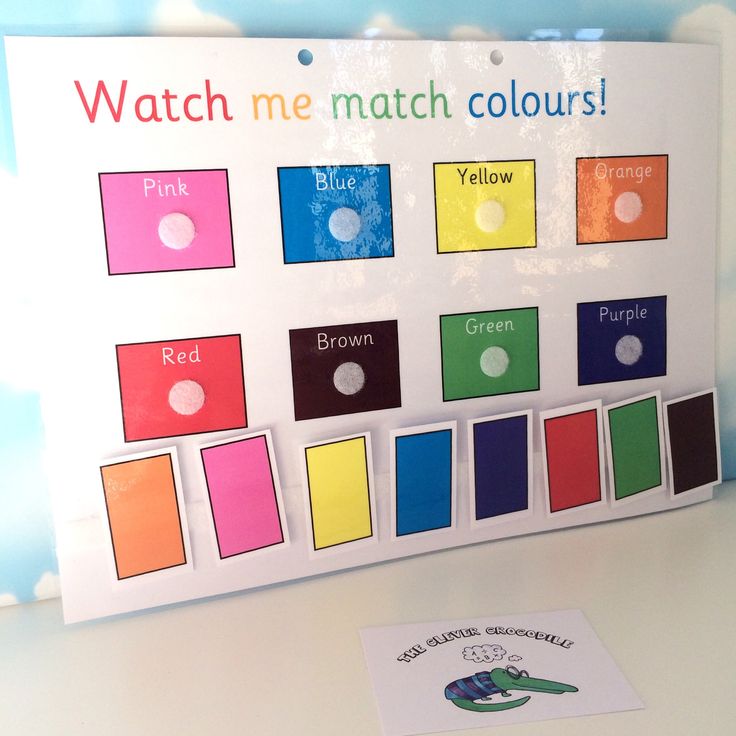
We give the child a green pencil and offer to draw a green apple (tree, grass). Then intensively color the picture in green. Throughout the process, we draw the attention of the child several times: “What color do we paint the apple? That's right, green!" Together with the child, we place the drawing in the most prominent place (say, on the refrigerator) and show the rest of the family what a beautiful juicy green apple you drew together.
The main rule is not to start learning another color, wait until the child learns the current one!
You can start learning about colors by starting with green, for example. Then we connect red, blue, yellow. With these 4 primary colors, the child should first of all get acquainted. Soon you can expand the list with additional colors - pink, white, purple, blue, etc.
Try not to push the baby during the lessons. If a child mistakenly names (shows) colors, be sure to tell him, explain what his mistake is. Start the game with one or two objects of each color, gradually adding a new shade.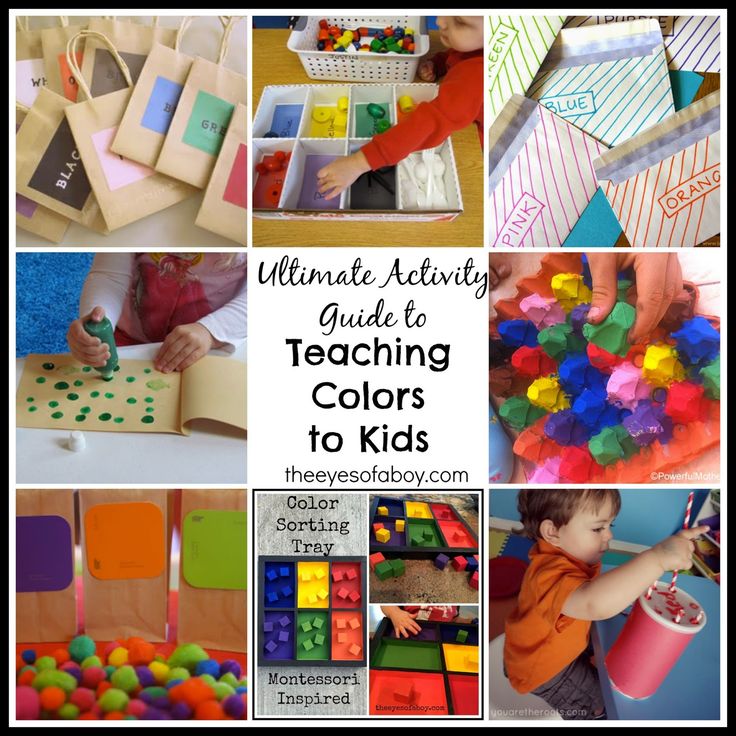
Play the games below with your child. Classes can be started from 1.5 years of age.
Bees on a Flower Game
Cut out 4 flowers and 4 bees of similar colors. We give the child and say: “This yellow bee sat on a yellow flower, and the blue one flew in and chose a blue flower, etc.” Invite the child to plant the bees on the flowers of the desired color. Complicate the task: "And now the blue bee has decided to choose a green flower, etc."
Flower Cleaning Game
Walk around the apartment with your child, taking a bag with you. Collect things and objects of the same color in it. Tell your child about your purchases: “Let's take your yellow T-shirt. That yellow pillow also matches our color, let's put it in the bag too.
Color Matching Game
Place toys, building blocks, blocks, cars, etc. on the floor. Define multiple colors, eg red, yellow, green. Now lay out objects of the same color in piles. Red to red, yellow to yellow, etc. You can compete with the child for a while, who will find faster and more items of the same color.
Thus, in a playful way, you will help your child to learn all the colors. And from joint interesting games with mom, the baby will be delighted!
learning colors | Plan-summary of the lesson on the topic:
For you, parents!
Games and exercises to introduce children to color
A game to distinguish between pairs of colors. Take two boxes, cover them with colored paper. One is blue, the other is yellow. Or one - red, the other - green. Collect figures of the same colors from the building set, balls, etc. Show the child what he should do and comment on his actions without naming the colors. Say something like: "Let's put such figures in such a box, and such figures in such a box." If the child thinks and names the colors correctly, encourage him. If he doesn't, don't demand it from him. Let him do the exercise without naming the colors. So you will teach your child to find objects of the same color, comparing them with each other not yet at the conceptual level, but only visually.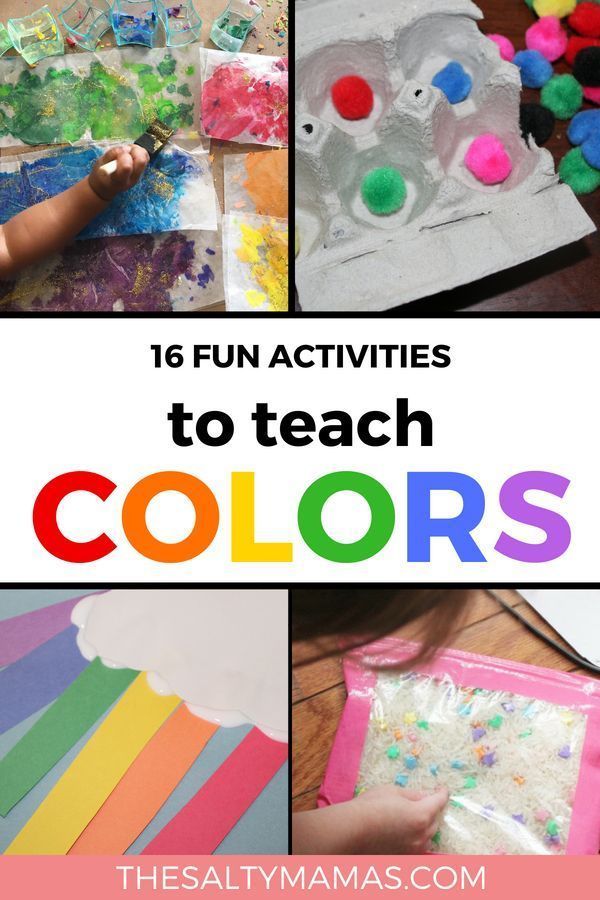 It is this experience that is primary, so repeat this exercise in different forms. Teach your child to compare and find objects of the same color, lay them out, combine, etc. When the baby has mastered the game with two colors, take 3, then 4.
It is this experience that is primary, so repeat this exercise in different forms. Teach your child to compare and find objects of the same color, lay them out, combine, etc. When the baby has mastered the game with two colors, take 3, then 4.
"Semitsvetik", frames and inserts made of soft polymer, in which primary colors are used, books in which pictures of one color are placed on each page.
Try to name more colors in everyday life. For example, every time you give your baby his favorite mug, what color is it, like: "Here, hold your favorite green mug," or when the baby puts on his usual pants, emphasize what color they are. I can offer another idea: buy napkins of the same color as your plates. Serve a table with your child, saying that today you will have a particularly beautiful table, because you will take napkins of the same color as the plates. Give your baby one napkin (or plate) of the wrong color. When the child sets the table with you, he will notice an error.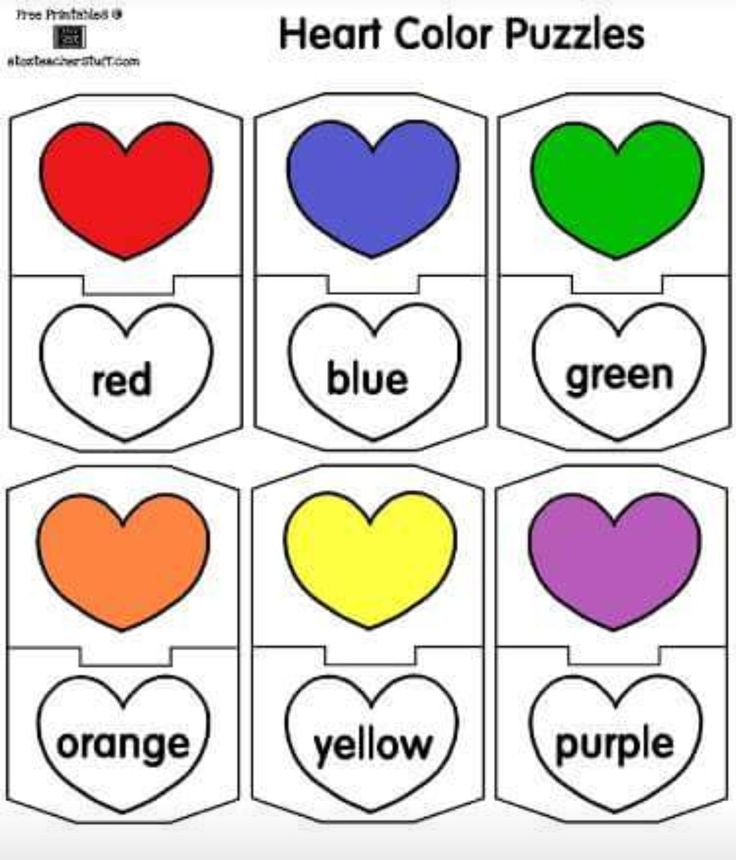 Eliminate the mistake with the child.
Eliminate the mistake with the child.
Take a mosaic or counting sticks and arrange them with your child on plates of the appropriate colors. Do not leave your child alone to play with small objects.
Find the same one”
Show the child one cube (red, yellow, green or blue) and ask him to bring the same one. Be sure to comment on your actions. If the child is at a loss, be sure to help him.
"Remove the extra"
Lay out a track from the blue cubes. But among them put one red cube. Ask the child to find the extra cube.
DIY game
We buy two sets of cardboard and start fantasizing. You can cut flowers and butterflies. The child must plant butterflies on a flower of the same color. Or cut out cups and saucers and set the table - for each cup we select a saucer of the same color.
“Little Athlete”
You can cut out large circles from cardboard, spread them around the room and have the child run or jump from red to blue, from green to yellow, etc.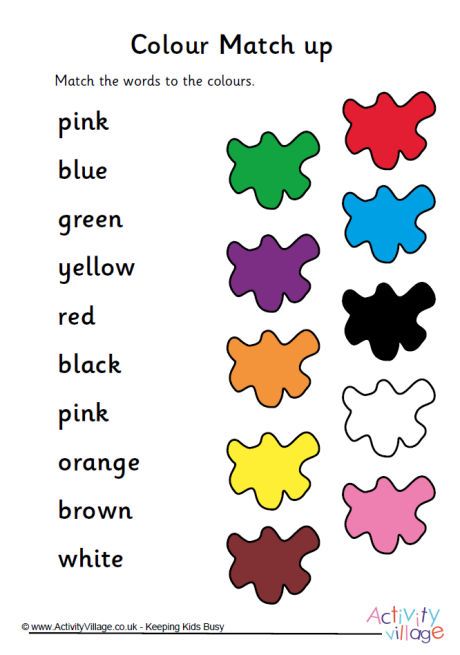
“Pyramid game”
While assembling and disassembling the pyramid, let the child name the colors of its rings.
The next day, prepare painted towels for your child, leaving the centers empty. From paper, cut out the corresponding color for the middle for towels!
Draw a tree. From colored paper, you need to cut out leaves of different colors and invite the child to stick all the yellow flowers on the tree, then add green ones, and only then red ones!
Prepare the following blank: draw a palette of colors. The task of the child is to paint the containers for paints in turn, pronouncing the colors.
The little things are torn, what to do? We need to pick up patches of the appropriate colors for them!
Draw different things, paint a few of them in one color, a few others in another. The task of the child is to connect these things together with the same color of the pencil with which they are painted.

